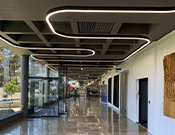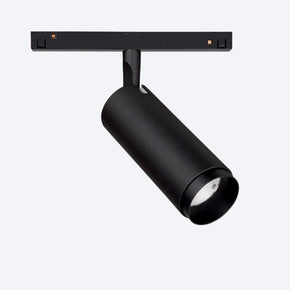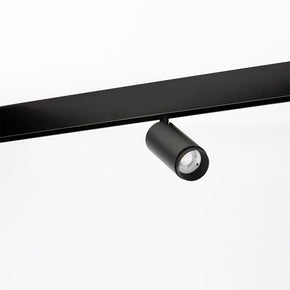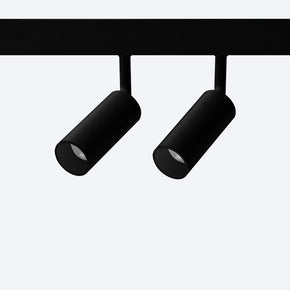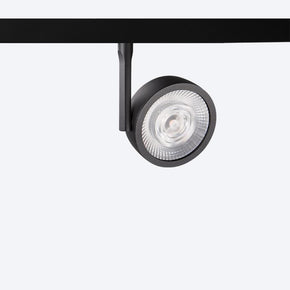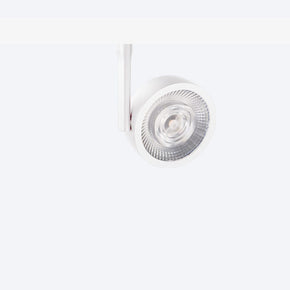- No products in the cart.
- ``
Photometrics, IES files and Lighting Design
07
Jul
Lighting may seem like an afterthought to the untrained eye, but it’s an incredibly important aspect of any project that is increasingly being considered at nearly every stage of the design process.
Determining the best lighting solution is easier said than done. To create the right look and feel, as well as providing functional benefits, it’s essential to strike the right lighting mix. Fortunately, this process is supported by processes that make it easier than ever to make the best lighting choices and avoid delays on your projects.
What’s photometric data?
Photometry is the science of the measurement of light, in terms of its perceived brightness to the human eye. When we consider how to capture this information - which allows lighting manufacturers to provide information on their products - we refer to the resulting data as photometrics.
Photometrics assist in defining the visible light that displays in a rendered image of a building model. It also helps to detail complex lighting information about a light which we would otherwise be unable to determine without physically installing the light. This of course saves testing and trialling (and huge amounts of time) on large projects!

There are two photometric units that we consider, total luminous flux and luminous intensity. Total luminous flux is the total amount of light emitted from a light source, while luminous intensity is the number of lumens in a given direction.
The data needed for photometric files is generated using a goniophotometer. A goniophotometer is a mechanical device that optionally positions the light source and contains a photosensor that measures the luminous intensity at each angle, at a set distance. The resulting data can be used by designers, engineers, architects and more.
How is the data used?
IES is a photometric document named after the Illuminating Engineering Society (IES). It’s a file that describes the intensity of a light source at points on a spherical grid and is used as a technical basis for every light source. Photometric data is converted to IES, so as to be used with programs like Dialux, AGI 32 and RELUX. This will help to easily identify if your desired lighting output will work or if the desired outcome is feasible.
During the design phase, you can place virtual lights into plans to assess the visual impact of lights. You can define lighting fixtures and their light sources, placing them in models to create the desired effect.
Being able to visually see the distribution of light that will come out of a fixture in a geometric way makes design a breeze - especially when presenting ideas to a designer or project manager. The visual representation is called the photometric web:

Why is photometrics important?
Photometrics helps to generate calculations for lighting projects, including overall/average lux levels, renders and final output. This speeds up approvals from consultants and engineers, as they can immediately determine uniformity, glare, light distribution and more by just dragging and dropping IES files. In doing so, it’s also easy to identify faults in a project, driving efficiency and cost savings. Meeting regulations is easier too, using photometrics to identify the total w/m2 energy requirement for NCC Building Code Part J6 Artificial Lighting and Power.
Got more questions?
If you need a lighting designer on your next project, get in touch with the team at About Space. No matter the project, our lighting designers can help you create a well-balanced lighting plan for your commercial, home renovation or interior styling project.









